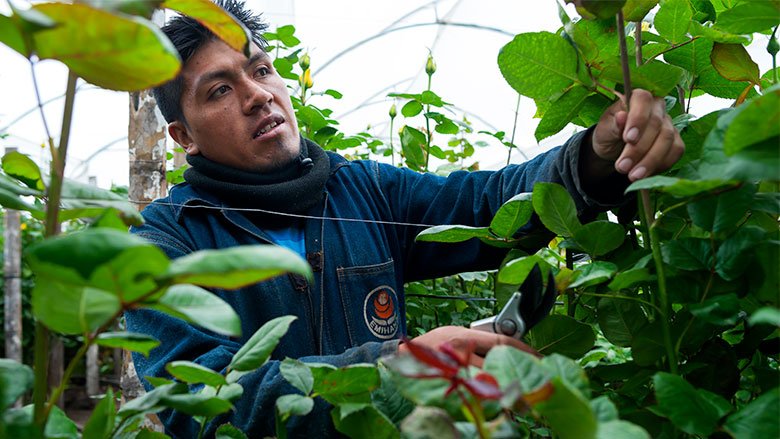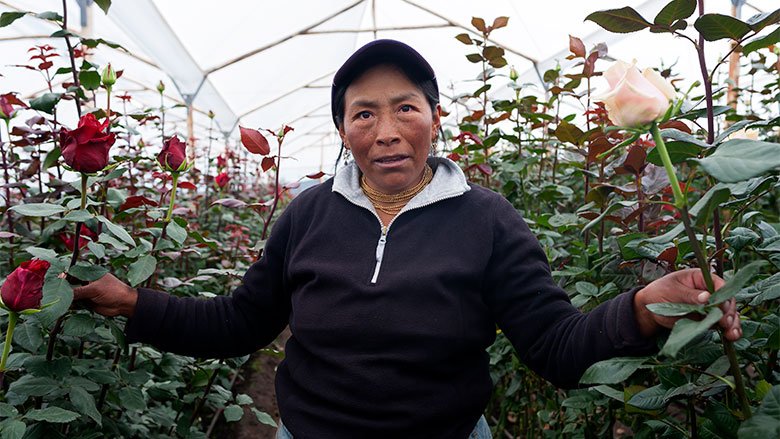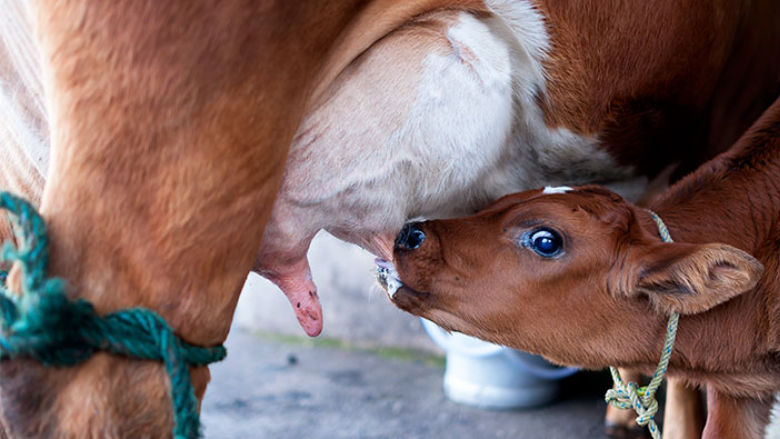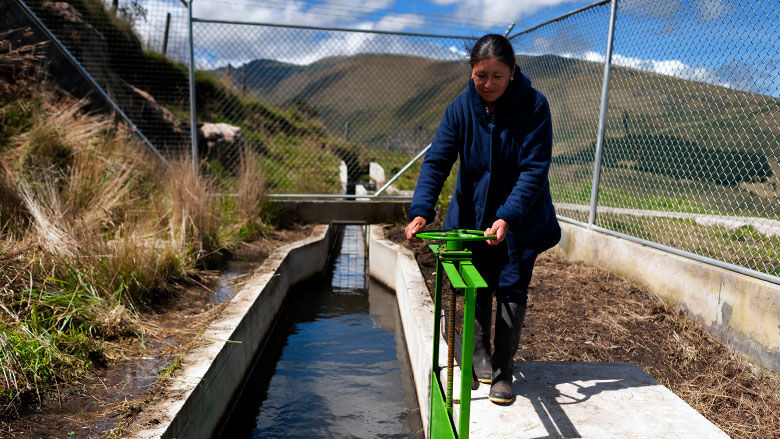When it rains, new stalks are born in the fields and the natural order dictates that they become plants, then fruits, and finally an abundant harvest, although in recent decades the countryside has been losing that natural order, which is essential for agricultural production.
There is also another determining factor, especially among small farmers. Where the resource is adequate, water is used inefficiently and small farmers end up losing their small yield.
The Ministry of Agriculture and Livestock [Ministerio de Agricultura y Ganadería] has therefore deemed it essential to implement the Technified Irrigation Project [Proyecto de Irrigación Tecnificada PIT], whose main objective has been to provide technified irrigation systems across the length and breadth of Ecuador, with financial support and technical assistance from the World Bank and the Spanish Agency of International Cooperation for Development [Agencia Española de Cooperación Internacional para el Desarrollo AECID], thus allowing more than 6,000 families and 6,300 hectares to benefit from this technology.
Johannes (Hans) Jansen, senior agricultural economist at the World Bank, says that technified irrigation has changed people's lives.
He says that a man who had dairy cows told him: "Look, before, when I didn't have sprinkler irrigation, my pastures allowed for an average of maybe 6 or 7 liters of milk per cow per day. Now that I know I can have water at certain times and in certain quantities, I can change my pastures and incorporate better pastures and a much more nutritious legume and now my cows give 15 liters a day, so I double my income.’’
"On the coast, it's the same with cocoa," adds Jansen, "they used to get 500 kilos a year to export to Italy, now they have doubled their harvest. So irrigation makes a fundamental difference, it changes these people’s lives.
A 10 km concrete canal was installed in the parish of Palo Marcado, in the Pasaje canton, province of El Oro. It carries 211 liters per second, benefiting 241 users who are mainly engaged in cocoa and banana production.
"The farm has improved with irrigation. Previously, we did not have that production, now I have seen that there is a change," says Luis Pineda, beneficiary representing the Solano Branch.
PHOTOGRAPHS

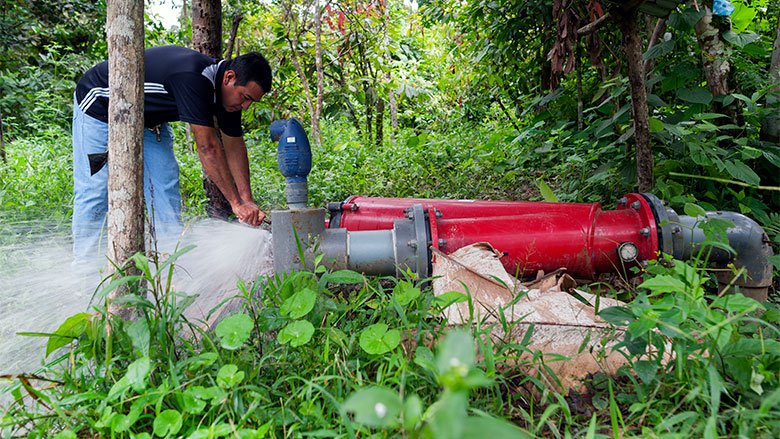






![The Kakaw Agricultural Producers Association [<i>Asociación de Productores Agrícolas Kakaw</i>] is proud of its chocolate.<strong></strong> The World Bank](https://worldbank.scene7.com/is/image/worldbankprod/EC-Ecuador-Proyecto-Riego-tecnificado-Cacao-780px-foto-H-78-EPSU0100?wid=780&hei=439&qlt=85,0&resMode=sharp)
